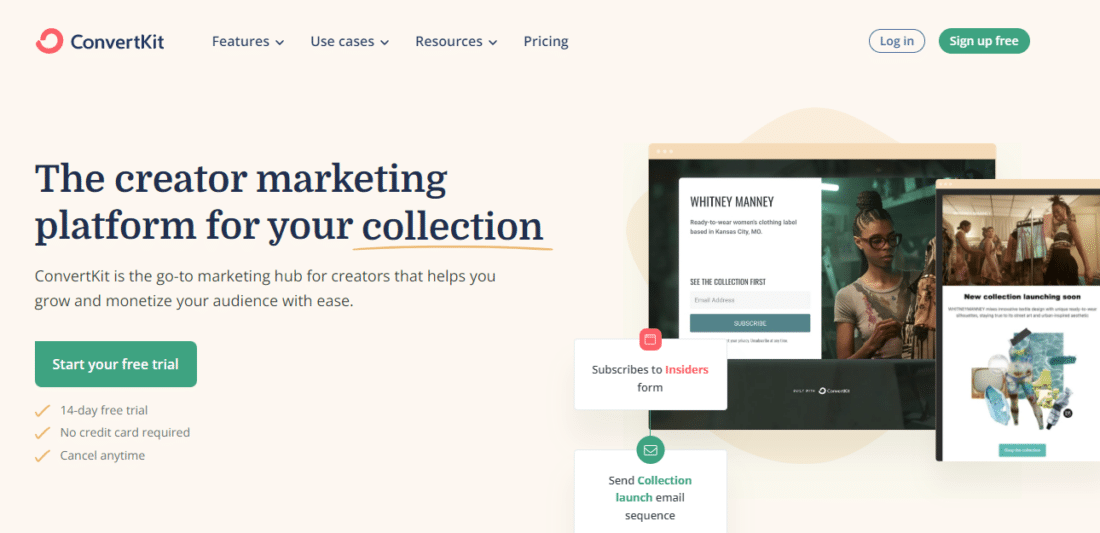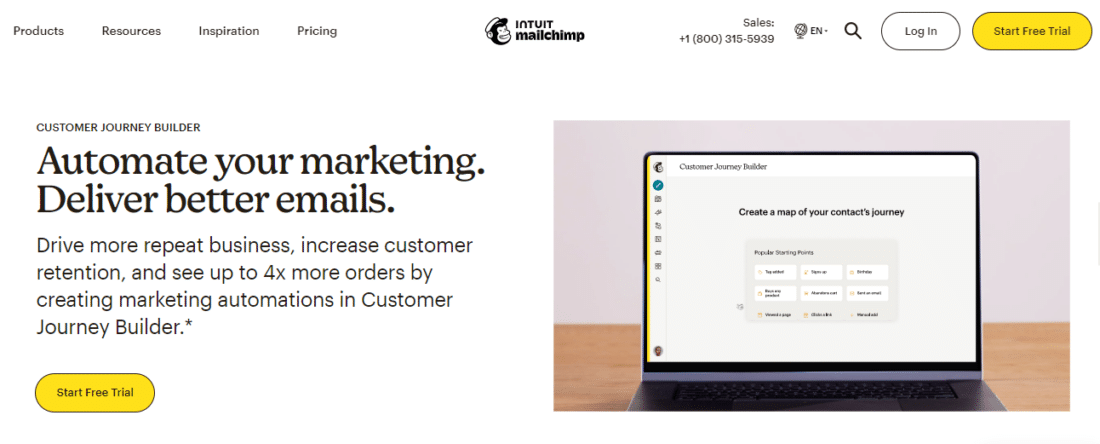Sending newsletters can be an effective way to stay in touch with your customers. Plus, if you do it right, this type of email marketing can help drastically increase your sales. By implementing a few simple strategies, you could turn your emails into a major driver of conversions.
In this post, we’ll discuss the benefits of sending regular emails to your followers. Then, we’ll show you how to create a successful email newsletter for your business. Let’s get started!
The Benefits of Sending Email Newsletters
A successful email newsletter can have several benefits for your business. For starters, it can help you build your following and nurture a community of loyal customers.
You can use your newsletter to share exclusive offers with your fans, or give them early access to new products. When you advertise these perks, you can encourage new customers to join your email list. This could lead to more conversions, since more people will have access to your discounts and receive news about your products.
What’s more, the evidence suggests that email is a popular marketing tool, and that it yields excellent results for most businesses. In fact, in 2020, email marketing revenue reached 7.5 billion dollars. This number is expected to exceed 10 billion in 2023.
Furthermore, research by Campaign Monitor shows that email marketing is used by 64% of small businesses. Plus, email drives a Return On Investment (ROI) rate of around $36 for every dollar spent.
How to Create an Effective Newsletter for Your Business (4 Tips)
As we have seen, email marketing is a very popular strategy. This means that many people will receive dozens of promotional emails on a daily basis, so you’ll need to make sure that yours don’t get lost in the shuffle.
Let’s look at some tips for creating effective newsletters that stand out.
1. Choose a Quality Email Marketing Provider
First, you’ll want to choose an email marketing provider. While there are many options available, you’ll want to make sure that you opt for a high-quality service.
For example, most email marketing providers enable you to build engaging newsletters and schedule them in advance. Some tools like ConvertKit will also automate entire email campaigns for you, such as a welcome email series for new subscribers:

Depending on the software you select, you might even be able to create multiple email lists and set up a campaign for each segment. For instance, you may want to create a newsletter for your wholesale clients and another one for regular customers.
Additionally, you’ll want to choose a tool that offers in-depth reports on your campaign. This way, you can track key metrics like open and click-through rates, and see what’s working for you (and what isn’t). This information will help you optimize your campaign for conversions.
2. Identify a Goal for Your Newsletter
Ideally, every email you send should have a clear purpose. It might prompt subscribers to check out your summer sale or enter a competition on your website. However, you could even have a goal for your entire email campaign.
Let’s look at a few goals you might set:
- Drive more traffic to your website or blog
- Boost sales with discounts and offers
- Build trust by sharing tips and hacks
By identifying a goal for your newsletter, you should be able to track its success more effectively. Plus, it will help you create email copy with a tight focus (more on this in the next section).
Additionally, your Call To Action (CTA) should reflect this goal. For instance, if you want to drive traffic to your YouTube channel, you could offer a taste of the content within your email and include a CTA that encourages people to check out the full video.
3. Share Relevant Content
Your newsletters should provide value to your followers. Otherwise, they might not bother reading them at all.
For example, if you’re sending a newsletter to students who have recently purchased your SEO plugin, you might share helpful content on the same topic:

As mentioned earlier, each newsletter should have a clear focus. If you try to cover multiple things in one email, you risk overwhelming your subscribers with too much information.
If you’re not sure what to write about, you could look at some trending topics in your industry. For instance, your digital marketing clients may want to learn more about AI and its implications for businesses. You could therefore put together an informative article and share it in your newsletter.
By writing helpful and relevant email copy, you can significantly increase your open rates and build authority in your niche. Many people will start looking out for your emails in their inboxes if they know the content will help them achieve a goal or solve a problem.
4. Personalize Your Emails
Another way to create a successful email newsletter is to personalize your content. When it comes to your regular newsletter copy, this may involve simple things like addressing recipients by their first names.
However, you can also experiment with more advanced strategies like sharing promotions based on individual user behavior. For example, if a user has expressed an interest in one of your products, you might send them an additional email to let them know that it’s almost sold out:

While this may seem like a lot of work, it’s actually easier than you might think. Many reputable email marketing tools will help you create automated email workflows based on user behavior and preferences.
Mailchimp, for example, gives you access to pre-built customer journeys that are tailored to the needs of your users:

This means you can send newsletters to customers based on their actions. For instance, if a user has abandoned items in their cart, you might tack on a reminder to complete their purchase, throwing in a coupon code to incentivize them.
On the whole, sending targeted emails can help you generate more conversions. That’s because the content or CTA is tailored to the user’s interests and behavior at a particular time, making them more likely to convert.
Conclusion
Email marketing can be an effective way to increase conversions and build a following. To maximize your chances of success, you’ll want to choose a quality email marketing service and define a goal for your newsletter campaign. It’s also important to share relevant content and personalize your emails.
Do you have any questions about how to create a successful email newsletter for your business? Let us know in the comments section below!
Photo by Solen Feyissa on Unsplash


0 Comments